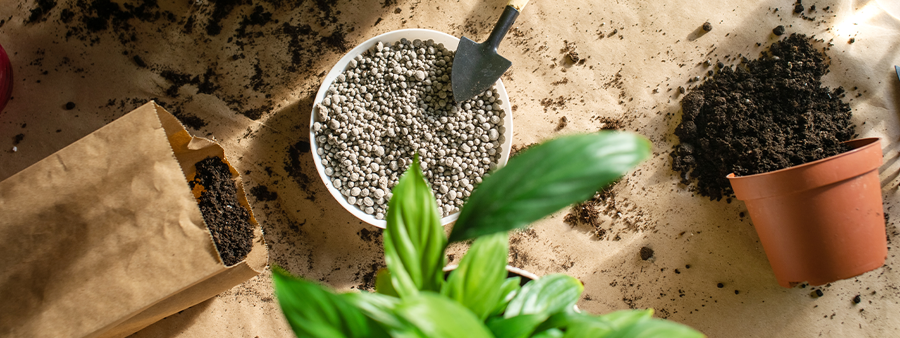
Soil Saviour: SOLUM+
Team SOLUM+
Introducing SOLUM+: the student team tackling soil degradation with a monitoring system. Explore how SOLUM+'s innovative technology is helping farmers and landowners monitor soil health and prevent degradation with an innovative soil checker.
Give us a brief overview of your project
The soil degradation checker, named SOLUM+, is an innovative product that aims to address the pressing issue of soil degradation. SOLUM+ is designed to monitor various parameters such as temperature, humidity, pH, and nutrients in the soil, which are crucial indicators of soil health and degradation. The input sensors gather real-time data from the soil, which is then analysed using advanced algorithms to assess the soil degradation status. The soil degradation status is categorised as good, moderate, or critical, providing farmers and land managers with valuable information about the health of their soil and enabling them to take timely and informed actions to mitigate soil degradation.
Why is there a need for what you’re creating
Soil degradation has a significant impact on agriculture, food production, and environmental sustainability. We wanted to develop a solution that combines sensor technology, data analysis, and machine learning. The product aims to provide several benefits, including helping farmers optimise their soil management practices, reducing the risk of crop failure and yield loss, and promoting sustainable agricultural practices. It also can contribute to conserving natural resources, such as water and fertilisers, by optimising their use based on soil health. Furthermore, SOLUM+ can enable early detection of soil degradation trends, allowing for proactive measures to prevent further degradation and promote soil regeneration.
Can you explain about the kind of equipment you are using, and how you are creating the physical product?
The prototype has sensors capable of measuring crucial soil parameters such as temperature, humidity, pH, and nutrient levels. This data is collected and transmitted to the Cloud, where our machine learning algorithms analyse the data to determine the soil degradation status. The prototype's application, accessible via a web-based or mobile interface, provides users with intuitive visualisations and actionable insights on the soil health and degradation status of their fields or gardens.
What challenges have you had to overcome?
We have had to think about how we would go about overcoming technical complexities in sensor integration, ensuring accurate and reliable data collection, addressing compatibility issues with different soil types, managing data privacy and security, and navigating regulatory and compliance requirements in the agriculture industry.
Where do you envision the future of this project?
If SOLUM+ could grow from our concept, we could expand our product by incorporating machine learning, remote sensing, and predictive analytics to provide even more accurate and personalised soil health assessments. This can enable farmers to make data-driven decisions in real time, optimising their farming practices for maximum productivity and sustainability.